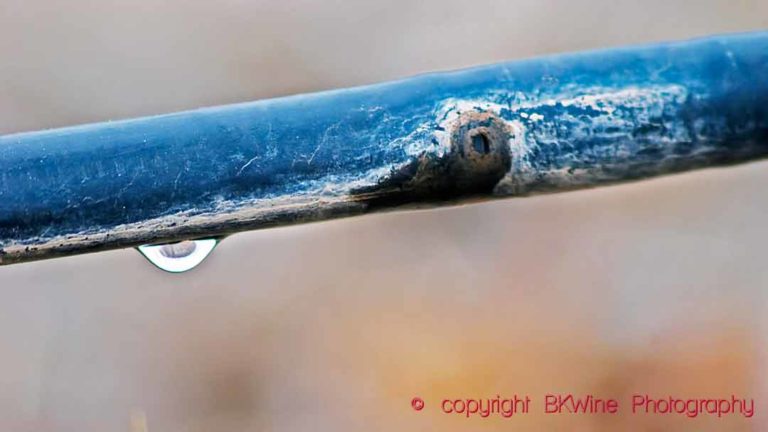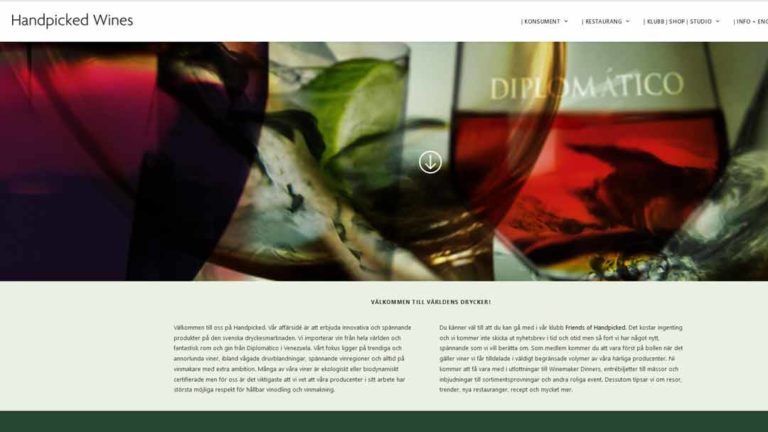Ten predictions for wine trends for 2010
Wine Trend 2010 #1, environmental issues #1, eco-friendly wines
It’s been a trend for some time now but we think it will continue and perhaps accelerate in 2010. We consciously say “eco-friendly” and not organic wines since there is a big group of producers who work with so called culture raisonnée (almost organic, but not quite 100% so; sometimes wrongly, in our opinion, translated to ‘sustainable wine growing’). This group continues to grow and is in numbers probably bigger than organic wine growers. But both culture raisonnée, organic and bio-dynamic vine growing will grow. And if the EU agrees, as is the plan, on what an “organic wine” will be it will accentuate the trend (today there is only “wine made from organically grown grapes”; what is done in the wine cellar is not regulated).
Wine Trend 2010 #2: environmental issues #2, ‘nicer’ packaging
The trend to less environmentally ‘bad’ packaging will continue. Not least, we will see fewer of the ridiculous weight lifting bottles often used for prestige cuvees. We remember well (but not with joy) the bottle that weighed in at 1.4 kg. Empty! We will see lighter bottles, PET bottles (plastic bottles making a return!), aluminium bottles, bag-in-box without the box (so, wine-in-a-plastic-pouch), and why not more of the wines in a can (recyclable of course). All these alternative packaging will continue to suffer from the stigma of assumedly containing cheap wine. In conjunction with this we have other environmental aspects: greenhouse-gas-neutral wines, CO2 studies in more an more regions etc.
Wine Trend 2010 #3: Balance
We will want less beef and punch in the wines and more balance and elegance. It is less important to reach a high alcohol level and more important to find an equilibrium between fruit and the other components in the wine. Wineries will experiment with yeast that produces less alcohol (yes, there is), grape varieties that produces less sugar but still ripe grapes, techniques for removing alcohol from the finished wine etc. (At the same time, one should remember that a high alcohol level is not in itself contrary to a well balanced wine. There are many well balanced wines with high alcohol levels. It is mostly a question of competent wine making. An in truth, if you think about the health effects, or drinking and driving and such things, does it really matter if it is 12.5% or 13.5%?)
Wine Trend 2010 #4: Less oaky wines #1
We think this is a trend but we’re not quite sure. Many people talk about this: less oak in the wine, but …. when you make a show of hands after a wine tasting to see which wine was most appreciated it’s usually then one with oak character that comes out on top. So perhaps people like oak after all. Can it be like for champagne: many champagne producers tell the story of the visitor who says “I like the really dry champagne, preferably Brut Nature” (without any dosage), but when they taste the wines blind, one with no sugar at all and one with a slight dosage, it’s the wine with sugar that they prefer…
Wine Trend 2010 #5: Less oaky wines #2
When talking to producers it is much more clear: they frequently say that they want to emphasise the fruit and avoid masking it with oak. They cut down on the portion of new oak used. So, on the producer side this is a clear trend. Perhaps a contributing factor, a year like this year, is that an added benefit of this is a reduction in the outlays for new (and expensive) barrels?
Wine Trend 2010 #6: Good time for budget wines
2009 was the year of The Crisis but it didn’t make people stop drinking wines. Instead, consumers moved towards less expensive wines. This, we think, will continue in 2010. There will be a focus on value for money. Expect good times for wine producers who make budget (not to say cheap) wines with lots of taste. Garage wines have almost disappeared from the lime light; bubbles tend more and more to come from northern Italy or Spain; perhaps consumers will even discover that there are plenty of excellent Bordeaux wines that are not “classed growths” – and that sell at a fraction of the price.
Wine Trend 2010 #7: More demand for lesser known grape varieties
In Bordeaux they grow more and more petit verdot and sauvignon gris. Marselan has been approved for AOC Côtes du Rhône. We will see more and more wines with unusual grape varieties that previously were known only locally. If even. Are consumers tired of chardonnay and merlot? Why not try a tannat or a malbec? Or even more exotic a prieto picudo, an alfrocheiro, negrette, xinomavro…?
Wine Trend 2010 #8: Cheaper (less expensive) champagne
Champagne is probably the wine region that has prospered most during the past decade. They have rather had a shortage of wine (or grapes) and steadily growing prices. But there’s a risk that this is over. Sales in 2009 have probably dived by more than 25% (we don’t have any final numbers). In spite of what is almost effectively a production cartel in the Champagne region, to control prices, next year is likely to be hard. (The local control authority decided, for example, to cut the allowed grape yield in 2009, hoping that it would keep prices up.) In time for New Year you could buy champagne in Paris for less than 9 euro and in England it seems you could find some bottles at less than 15.
Wine Trend 2010 #9: More protectionism in the EU
This is the trend that we most hop that we will be mistaken on. Over the last few years the EU agricultural policy (the CAP) regarding wine has mad quite a lot of progress towards a more open and market oriented regulation. This is largely thanks to the outgoing agriculture commissioner Mariann Fischer Boel and her diligent (but not always successful) work. It has often led to protests from the wine producers, and above all from the wine producers lobbying groups. Now it is time for a new commissioner and Dacian Ciolos from Romania has been nominated. His nomination has been greeted with cheers from the protection-loving wine lobby. Ciolos comes from a wine producing country (albeit not a big one) and the wine lobby hopes that he will show more sympathy towards their demands for subsidies, protection measure than what Fischer Boel did. Before we see what happens in reality in Brussels there is no way of knowing, of course, but let us hope that there will NOT be a trend towards more subsidies, more protectionism and other things that are only bad for consumers, and also bad for the wine sector in the long run.
Wine Trend 2010 #10: China grows in importance
In a longer term this will have a big impact but even in the short term it will be noticeable. It is above all on the consumption side that it will have an effect – the Chinese demand for wine will grow. It will primarily be more expensive wines that will sell rather than budget wines for the mass market. On the production side, on the other hand, i.e. Chinese wine, it will take much longer time before it will have any impact internationally.








